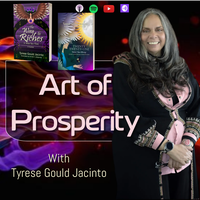|
In honor of the 100th anniversary of the Indian Citizenship Act. This short movie from the New Jersey Conservation Foundation, a work of art by Sourland Studios, beautifully captures this inspiring message of the perils of our planet and the significance of the rematriation movement. It is an inspiring story of the partnership that led to the Cohanzick Nature Reserve. The rematriation of lands to local Indigenous people, a significant pillar of the rematriation movement, is crucial for protecting our cultural heritage, preserving traditional knowledge, and fostering environmental sacred symbiosis rooted in centuries-old practices. The rematriation of the Cohanzick Nature Reserve marks a significant step in a nationwide movement, and how our collaborative efforts by the Native American Advancement Corporation (NAAC), New Jersey Conservation Foundation, New Jersey Department of Environmental Protection's (DEP) Green Acres Program, and The Nature Conservancy, can heal historical injustices. Acquired in August 2023, this 63-acre forested property in New Jersey returns to the Cohanzick Lenape people, the land's original inhabitants. This initiative honors our enduring connection to the land. It sets a precedent for similar efforts across the country, highlighting the importance of such partnerships in promoting social justice and sacred environmental symbiosis. We at NAAC will be forever grateful for these partnerships, the gift from the Creator, and the promise we keep for those of the next seven generations.
#Rematriation #IndigenousLand #CohanzickNatureReserve #CohanzickLenape #NativeAmericanAdvancementCorporation #NAAC #NewJerseyConservationFoundation #NJDEP #GreenAcresProgram #TheNatureConservancy #LandStewardship #CulturalHeritage #EnvironmentalSustainability #SocialJustice #SourlandStudios #NationwideMovement New Book! “The Secret Garden of Bright Flower – Anthology” https://amzn.to/3ymGzv5 from a citizen of the Nanticoke Lenape Nation. Embark on a journey that delves into the depths of spiritual enlightenment. This book is crafted for those who have advanced along their spiritual path and seek more understanding and connection. The writings in this book are not mere words but poetic expressions that have the power to transform your consciousness. Each poem is a contemplative tool, inviting you to meditate on each concept and allowing the wisdom to permeate your being. The spirit resides within each of us, transcending the boundaries of individuality. This book is an invitation to experience that truth, to see with the eye of the spirit, and to embrace the light within.
You can follow my Author Page here: https://www.facebook.com/TyreseGouldJacinto. Subscribe for more! Here is my website: www.tygouldjacinto.com We are thrilled to announce that the township has finally approved our Native American Advancement Corp's Cohanzick Nature Reserve, marking the end of a nine-month journey. This milestone, achieved precisely nine months after we purchased the land on August 15, 2023, is a testament to the perseverance and support of our community, whose invaluable role in this journey cannot be overstated. It was a genuinely emotional moment. The township meeting on the eve of May 14, 2024, was pivotal for us. Held at 7:00 p.m., it was packed with residents, many of whom were there to discuss a proposed warehouse construction within a residential area. The lively turnout, driven by a mix of concerns, created the perfect atmosphere for our proposal to be heard. Our law firm, Watershed Legal Group, led by Heather Kumer and Alison Reynolds, stood firm with grace. Heather repeated that this was a "teaching moment" for all and presented the facts. Despite encountering a series of unconventional questions and comments that challenged our freedom of religion, she was precise with the answers. These obstacles served as a stark reminder of the historical struggles Native Americans have endured, being the last to gain freedom of religion in 1978 and citizenship in 1924. The scrutiny we faced underscored our spiritual organization's resilience and determination, a testament to the ongoing biases we steadfastly work to overcome. On September 15, 2023, under the new moon, we celebrated the purchase of our reserve with friends and family. This event was more than just a gathering; it reaffirmed our community's strength and unity. The new moon, symbolizing new beginnings, was the perfect backdrop for this joyous occasion. Throughout our journey, the number nine has played a significant role. This number, often associated with infinity, expansion, and healing, seems to have guided our path. In Native American culture, numbers hold deep spiritual meaning, and the recurrence of nine in our journey feels like a sign from the Creator. We express our deepest gratitude to everyone who has supported us with your prayers and positive energy. Whether attending meetings, sharing our cause, or simply believing in us, your steadfast support has been the cornerstone of our journey toward this approval. The Creator's plan has unfolded in ways we could not have foreseen, and we are truly blessed to have such a dedicated and loving community. With the township's approval, we can now focus on developing the Cohanzick Nature Reserve into a haven for spiritual growth and healing. Our reserve will serve as a place where traditions are preserved, and new generations can learn about and celebrate our heritage. We look forward to welcoming you to our reserve and sharing this sacred space with the broader community. Thank you for your continued support, and we look forward to the many blessings and growth that lie ahead. The Cohanzick Sanctuary is a Native American spiritual arm of the non-profit Native American Advancement Corp, which is dedicated as a religious, charitable, educational, conservation, and service-oriented agency based in Bridgeton, NJ, Cumberland County. We create opportunities for land preservation, cultural preservation, training, employment, revenue, financial literacy, homeownership, home rehabilitation, maintenance, and repair programs for Cumberland, Gloucester, Salem, Atlantic, and Cape May counties. NAAC's principals manage it with over 70 years of combined experience in community development. The business is unique because local Native American Tribe citizens of the Nanticoke Lenape Nation operate it. The Bridgeton location serves as the headquarters for outreach, auditing, fiscal management, and general operations. The Reserve and Sanctuary serves as a teaching and spiritual location for guests guided by local Indigenous with long-standing traditions rooted in sustainable living and a deep spiritual connection with the land. As our ancestors have practiced, we have had harmonious coexistence with nature for generations, understanding the delicate balance between taking from the earth and giving back. Today, practicing symbiosis, we at the Cohanzick Nature Reserve recognize the importance of passing down these ancient teachings to future seven generations. Through hands-on workshops and immersive experiences, we offer invaluable lessons in self-sufficiency, sustainable food production, and living in harmony with the natural world.
At the Cohanzick Nature Reserve, we invite all who seek to reconnect with the earth and learn from the wisdom of Indigenous cultures to join us on this journey of rediscovery and renewal. Join us as we embark on this new chapter and become part of a community rooted in respect, spirituality, and resilience. Step back with me into the embrace of the Cohanzick Longhouse Sanctuary, where I once wandered amidst the ancient lichens and moss, feeling the gentle whispers of my Indigenous ancestors resonating through the soil. In that mystical haven, the energy of the land pulsed with the echoes of generations past, guiding my every step on a warm winter day under the super new moon of February 9th, 2024. As I trod softly upon the earth, the roots of the towering trees intertwined with the essence of those who had walked before me. Their presence was tangible, their wisdom palpable, as the branches swayed in harmony with the gentle breeze, carrying the timeless melody of the land. At that moment, I was not alone. I felt the spirits of my ancestors dancing around me, their guidance shaping my journey as I immersed myself in the rhythms of nature. With each breath, I embraced the deep connection to the land and to those who had called it home for millennia. As I offered my intentions to the earth, I felt a profound sense of belonging wash over me. I acknowledged my place among the dust of my ancestors, recognizing the legacy they had left behind and the responsibility I carried to honor it. In that sanctuary of ancestral wisdom, I was reminded of the importance of cherishing the past, living fully in the present, and striving to create a future rooted in harmony and respect. My journey among the lichens and moss was not just a walk through the forest but a spiritual awakening, a reconnection with my roots, and a celebration of the timeless bond between humanity and the land. For more information about our Cohanzick Reserve and Longhouse Sanctuary, click the link below.
This video https://youtu.be/5-Pg5lRLtSw?si=cBp2JxrbVPIXXN7R sheds light on a topic of great importance - the enduring struggle for recognition, respect, and understanding of the rights of indigenous communities. It's a fight that has persisted for centuries, marked by unlawful land transactions, forced assimilation, and the suppression of cultural and religious practices.
We find ourselves at a crucial juncture where we must confront the notion of assimilation and annihilation through erasure. Those among us still cling to the misguided belief that our history, cultures, and identities can be erased. But we are here to say that we refuse to be silenced. We are here, visible, and demand to be heard. The Native American Advancement Corp (NAAC) is a beacon of this unyielding spirit. We stand as a testament to the resilience of indigenous communities, and we hold in our hearts the legacy of those who came before us and fought for our rights in the face of adversity. Here is the playlist of all videos on this subject: https://youtube.com/playlist?list=PLg0Nn3Z-HylGf9YX6Cg0T5VIJqrZOJjxd&si=CC8LUKQ3LW5_7Sc8 My Journey as an Artist in "We Are the River" I'm thrilled my artwork will be a part of the upcoming Stockton University's Lower Gallery exhibition. As a citizen of the Nanticoke Lenape Nation, through the lens of my eyes, my photos offer a unique perspective on the intricate relationship between art, nature, and community. The exhibition, titled "We Are the River: Complex Narratives, Conservation & Committing to New Jersey's Waterways," curated by Ryann Casey and Allie Wilson, delves into the diverse ways contemporary artists engage with the rich history of New Jersey rivers. My participation in the exhibition involves a collection of evocative photographs that delve into the multifaceted narratives surrounding New Jersey's waterways. I was rooted in the Nanticoke Lenape Nation traditions; I employ my unique perspective to reflect on the ecological challenges, personal stories, and the spirit of community that intertwines with our region's rivers. At the heart of "We Are the River" is an exploration of how artists like me become inspired by, engage with, and interlace our individual stories into the intricate tapestry of New Jersey's rivers. From the ecological adversities faced by these waterways to personal anecdotes and the collaborative efforts of communities, artists participating in the exhibition will contemplate the profound significance of rivers as both a vital resource and a shared experiential space. Drawing inspiration from Robert Smithson's concept of "exploration," the exhibition takes a comprehensive approach to address the past, present, and future of the rivers that once sustained life but now pose threats to the very communities they helped build. With their poignant imagery, my photographs serve as a visual narrative that spans time, offering viewers a glimpse into the evolving relationship between humanity and the rivers that shape our landscape. I'm particularly excited about the Lower Gallery Artist Panel & Reception scheduled for Monday, February 5, 2024, at 11:30 am. This event provides a unique opportunity for attendees to engage with me and other participating artists, gaining deeper insights into the creative process and the stories behind our artworks.
For those interested in exploring the exhibition further, the Stockton University Art Gallery is open for in-person visits. Additionally, the gallery maintains an online presence through its website and social media platforms, allowing a broader audience to connect with the art and discussions surrounding "We Are the River." My participation in "We Are the River" is a personal journey into the narrative of New Jersey's waterways. Through my lens, I invite viewers to contemplate the beauty, challenges, and evolving narratives that define our rivers, ultimately encouraging a commitment to conserving and preserving these vital natural resources. I look forward to sharing this experience with you at the exhibition. Other featured works by Nancy Agati, Milcah Bassel, Michael Chovan-Dalton, Nancy Cohen, Joanie Gagnon San Chirico, Lauren Rosenthal McManus, Jean Shin, Rebecca Schultz, Brandon Seidler, Lawre Stone, Amanda Thackray, Rachel Blythe Udell, Michael Williamson & Cheryl Patton Wu. #stkartgallery Website: https://stockton.edu/art-gallery/, Instagram: https://www.instagram.com/stkartgallery/, Facebook: https://www.facebook.com/stocktonuniversity.artgallery Twenty-eight days journeying with the Cohanzick Lenape, the new moon, December 12th, quietly fell over the land as the sun glowed from below the Mother, and we slept as we recognized the power of the year's longest night. This time is not merely a seasonal shift but a sacred portal into a time of profound introspection and renewal. The darkness becomes a sacred space for reflection, a time to turn inwards and contemplate the past year's lessons while planting seeds for future growth. Let us view winter as a necessary period of dormancy, a time for the earth and all living things to rest and replenish. Just as the land slumbers let us also slow down, allowing our minds and bodies to relax and rejuvenate. Let this period of stillness not be seen as inactivity but as a vital preparation for the spring's burgeoning life. Let us engage in practices that nourish our spirits and minds during the long nights. Let us gather around crackling fires, sharing stories that we pass down through generations that carry our ancestors' wisdom and values. Let our stories serve as guiding lights, reminding us of who we are and the values we hold dear. Let us meditate, which plays a crucial role in our winter rest. In the quiet stillness of the night, we delve into the depths of our being, reflecting on our experiences, acknowledging our accomplishments, and learning from our mistakes. This introspection allows us to better understand ourselves and our place within the grand life cycle. The Cohanzick Longhouse Sanctuary, nestled in the heart of the Lenape homeland, would like to offer a unique perspective to connect with our ancient knowledge. Here, under the watchful eyes of elders and knowledgeable practitioners, we can:
By embracing the wisdom of the Cohanzick Lenape tradition, we can value the winter months not as a time of emptiness but as a season of profound potential. It is a time to slow down, turn inwards, and emerge from the darkness with renewed purpose, ready to embrace the growth and possibilities of the coming year. So, as the longest night descends, let us open our hearts and minds to the wisdom of the Lenape people and embark on a journey of introspection and renewal alongside us. This new moon winter celebration is about embracing justice and loyalty. It reflects the changing seasons and a time to embody the Twelfth Key: "Treat all with Justice and Loyalty." It brings us great joy to explore the profound teachings encapsulated in the book "Twenty Twenty-One: Unlock Your Blessings Paperback," particularly emphasizing this key aspect of justice and loyalty. In the spirit of honoring the new moon winter and the principles of justice and loyalty, we pose important questions inspired by ancient wisdom. What guidance do the wisest sages offer in teachings when we feel unjustly treated or lack loyalty from others? How can we navigate such situations, especially during this auspicious time? Join us as we contemplate these queries and seek insights into our actions and responses. In times of perceived injustice, what can we learn from the teachings of the Lenape wisdom to foster positive change? How can meditation become a powerful tool for transformation and a source of guidance during these challenging moments?
Let's embark on a journey of self-discovery, exploring the age-old wisdom passed down through generations. Together, we aim to unlock the keys to cultivating justice and loyalty within ourselves and our communities, fostering a positive change that resonates far beyond the winter solstice. Please tune in to our special Podcast episode, Art of Prosperity, as we embrace the magic of the new moon winter and unlock the transformative power of justice, loyalty, and self-reflection. May this season bring you warmth, enlightenment, and the courage to gracefully navigate the shadows. We are wishing you all a blessed and reflective Luwànàn'tu! The New Cohanzick Village Tales Coloring Book Series 2 https://amzn.to/3Qoy8VE is a delightful collection of coloring and activity pages designed to transport you to the enchanting world of Cohanzick Village Tales. This series builds upon the first edition's success, offering even more intricate illustrations and engaging narratives inspired by the rich history and folklore of Cohanzick Village. Each page in this series is meticulously crafted to provide hours of creative and therapeutic coloring enjoyment. Whether you're a history enthusiast, a coloring aficionado, or simply seeking a relaxing pastime, the New Cohanzick Village Tales Coloring Book Series 2 promises a captivating and immersive experience for all ages. Explore the beauty and charm of this book that highlights art from the latest seven published books by Tyrese" Bright Flower" Gould Jacinto through vivid illustrations that capture its unique essence, allowing you to add your personal touch to this enchanting world. You can follow my Author Page here: https://www.facebook.com/TyreseGouldJacinto Subscribe for more! Here is my website: www.tygouldjacinto.com Order Your Copy Now $10.00 from Amazon Want More? Check out these other great sites! https://www.tygouldjacinto.com/ https://www.nativeadvancement.com/ https://www.theindigenousway.com/ https://www.mynewhomenj.com/ https://www.turkeytale.com/ https://www.nativeadvancement.org/index.html https://www.talentsandlights.com/ https://www.saveenergynj.com/ https://www.njbiznet.com/ https://tyresegouldjacinto.blogspot.com/ Find on Social Media! https://www.facebook.com/PuraUna/?view_public_for=669714220138123 https://www.facebook.com/NativeAdvancement/?view_public_for=114731132051133 https://www.facebook.com/TyreseGouldJacinto/?view_public_for=1867034450259765 https://www.facebook.com/TirelliPierce/?view_public_for=254867844943319 https://www.facebook.com/NAACRedevelopment/?view_public_for=635661773239088 https://www.facebook.com/TurkeyTaleTradingPost/?view_public_for=773377252728982 https://www.pinterest.com/TyreseGouldJacinto/pins/ https://twitter.com/TyGJacinto https://www.youtube.com/channel/UCwXAXZ-gkXKJMhv5r_GNfIw?view_as=subscriber Email Us: [email protected] To drop us a line: NAAC PO Box 824 Bridgeton, NJ 08302 # Children's books, # kids' books, #Family, #Culture, #Native American, #Nanticoke, #Lenape, #New Jersey Natives, #Ancestors, #Hidden People A poem by Tyrese "Bright Flower" Gould Jacinto; art by Arnild C. Aldepolla An inspiring picture poem book about the cry for help of trees based on a vivid dream. A poem warning that we are in jeopardy because of our many years of dishonoring Mother Earth and the despair of trees and plants. The trees consume what we create, and we breathe what the trees exhale. This book is woven with verses that resonate with the wisdom of ancient trees through the whispers of nature's soul by the words of a beautiful, tiny, illuminated insect. Order Your Copy Now $15.00 From Amazon
It is essential to teach children. As a citizen of the Nanticoke Lenape Nation, my focus is stories to bring our culture into written words. New, "Little Talks with Grandmother" https://amzn.to/3rtqSij
It's easy to forget our profound connections with the natural world in the hustle and bustle of our modern lives. We get caught up in the demands of technology, progress, and the constant pursuit of material wealth, often losing sight of the intricate tapestry of life that sustains us. But there are those among us who have managed to hold onto this awareness, who have cultivated a deep love and reverence for the Earth and its magnificent inhabitants. This book, "Little Talks with Grandmother," is a testament to one such individual and the wisdom she has imparted to me. It is a collection of heartfelt conversations, cherished memories, and invaluable lessons that have shaped my understanding of the world and our place within it. At the heart of this dialogue lies a profound appreciation for trees—the guardians of our planet, the silent witnesses to countless generations, and the providers of life-giving sustenance. I have come to recognize that trees embody a profound beauty and resilience that often goes unnoticed amidst the chaos of our daily lives. They are the pillars of our ecosystems, the purifiers of our air, and the storytellers of our past. They are the bridges between the human and natural realms, offering solace, guidance, and profound insights for those willing to listen. Yet, as I embarked on this journey of discovery, I couldn't help but confront the inconvenient truth that we, as humans, have become a threat to these majestic beings. Our insatiable desire for progress and exploitation has resulted in widespread deforestation, the loss of biodiversity, and the disruption of fragile ecosystems. The consequences of our actions are far-reaching, affecting the trees and the delicate balance of our planet's interconnected web of life. But within this book lies a glimmer of hope as I delved deeper into the ancient wisdom of Indigenous cultures. Their profound understanding of the natural world, harmonious relationship with the Earth, and timeless traditions hold the key to awareness and change. They have taught me that by embracing Indigenous wisdom and honoring the inherent rights of all living beings, we can restore the balance that has been so gravely disturbed. Through the words and teachings of my beloved Grandmother, I invite you to embark on a transformative journey—a journey that will deepen your connection to nature, broaden your understanding of Indigenous cultures, and inspire you to become an agent of change. In these "Little Talks," you will find a source of solace, a call to action, and a testament to the enduring power of love and reverence for the natural world. May this book serve as a reminder that we are not alone in this intricate dance of existence and that by embracing the wisdom of our ancestors and nurturing a profound connection with the Earth, we can forge a brighter, more sustainable future for generations to come. You can follow my Author Page here: https://www.facebook.com/TyreseGouldJacinto Subscribe for more! Here is my website: www.tygouldjacinto.com Tyrese Gould Jacinto Want More? Check out these other great sites! https://www.tygouldjacinto.com/ https://www.nativeadvancement.com/ https://www.theindigenousway.com/ https://www.mynewhomenj.com/ https://www.turkeytale.com/ https://www.nativeadvancement.org/index.html https://www.talentsandlights.com/ https://www.saveenergynj.com/ https://www.njbiznet.com/ https://tyresegouldjacinto.blogspot.com/ Find on Social Media! https://www.facebook.com/PuraUna/?view_public_for=669714220138123 https://www.facebook.com/NativeAdvancement/?view_public_for=114731132051133 https://www.facebook.com/TyreseGouldJacinto/?view_public_for=1867034450259765 https://www.facebook.com/TirelliPierce/?view_public_for=254867844943319 https://www.facebook.com/NAACRedevelopment/?view_public_for=635661773239088 https://www.facebook.com/TurkeyTaleTradingPost/?view_public_for=773377252728982 https://www.pinterest.com/TyreseGouldJacinto/pins/ https://twitter.com/TyGJacinto https://www.youtube.com/channel/UCwXAXZ-gkXKJMhv5r_GNfIw?view_as=subscriber Email Us: [email protected] To drop us a line: NAAC PO Box 824 Bridgeton, NJ 08302 # Children's books, # kids' books, #Family, #Culture, #Native American, #Nanticoke, #Lenape, #New Jersey Natives, #Ancestors, #Hidden People |
|
|
OTHER GREAT SITES
PLEASE BE SURE TO VISIT THESE OTHER GREAT SITES! BECOME A HOMEOWNER – FIND OUT HOW SAVE ENERGY NEW JERSEY FREE SECRETS OF THE INDIGENOUS WAY TURKEY TALE TRADING POST NATIVE AMERICAN ADVANCEMENT CORP UP CLOSE AND PERSONAL WITH A NANTICOKE LENNI-LENAPE YOUTUBE ART OF PROSPERITY PODCAST |
Download the App "Indigenous" on Apple or Google |
Subscribe to the Podcast "Art of Prosperity" |
Contact us at: Native American Advancement Connections, LLC, 489 S. Burlington Rd., Bridgeton, NJ 08302; 856-332-3817
Thanks for sharing our world. We are always busy working on something! Stay in touch for new updates and events!
Copyright © 2024
Copyright © 2024
Affiliate Disclaimer: Some of the links on this site are “affiliate links.” This means we may garner a small commission at no cost to you if you choose to make a purchase or use their services. Read our full Affiliate Disclosure Statement for more information. Click Here.







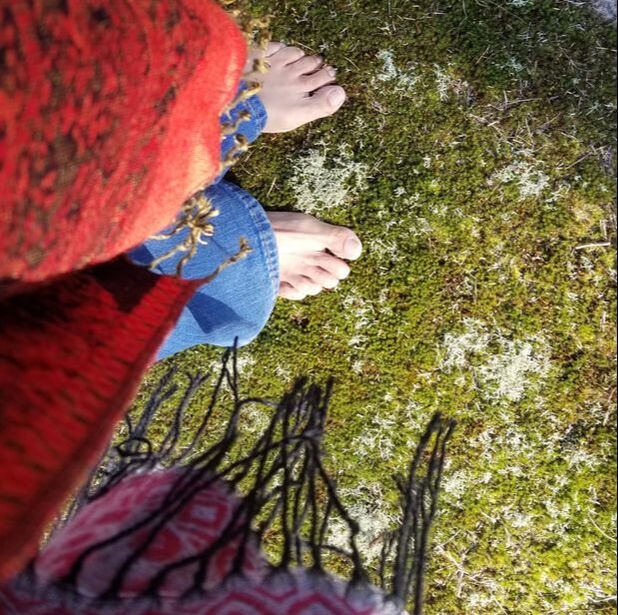


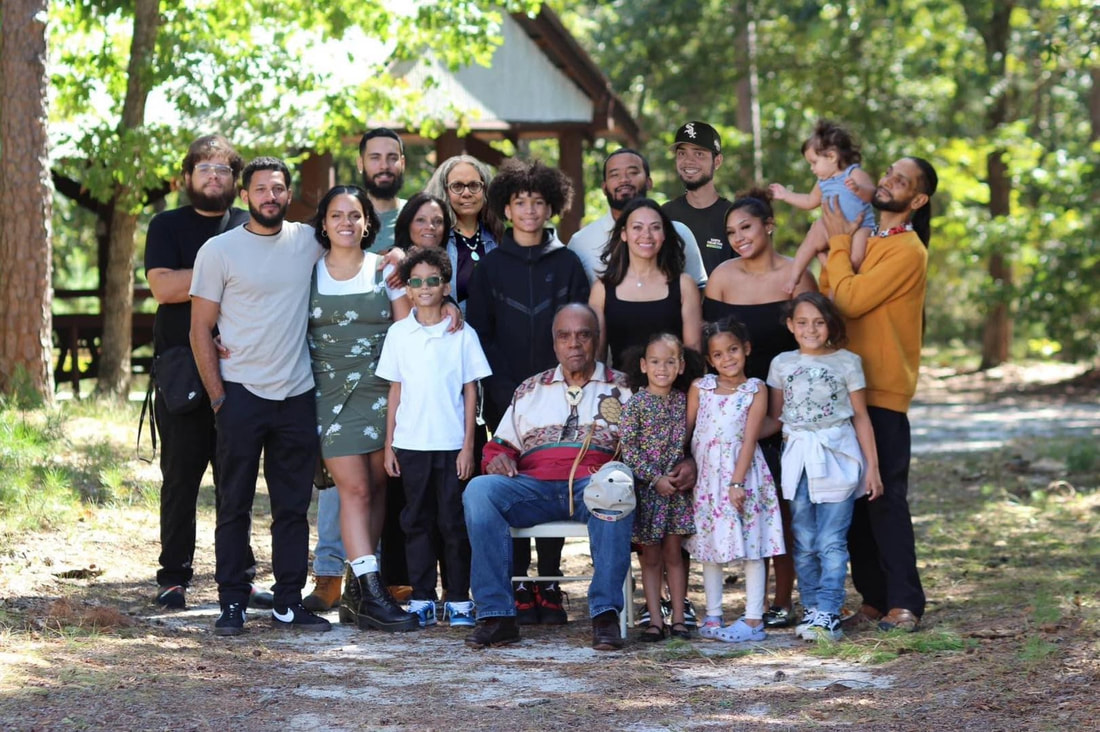
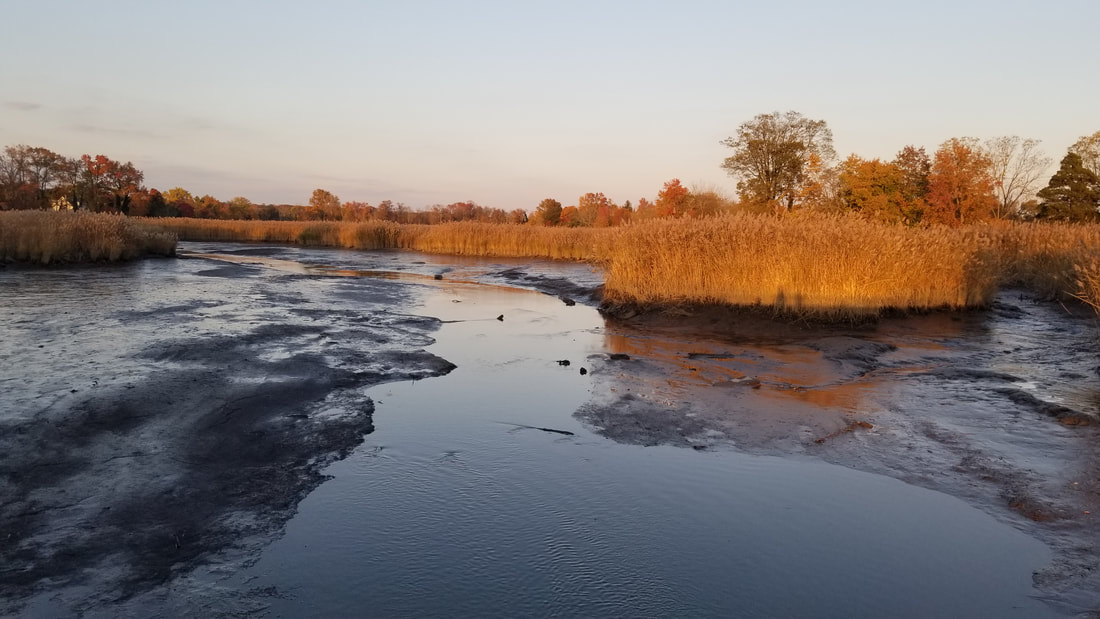
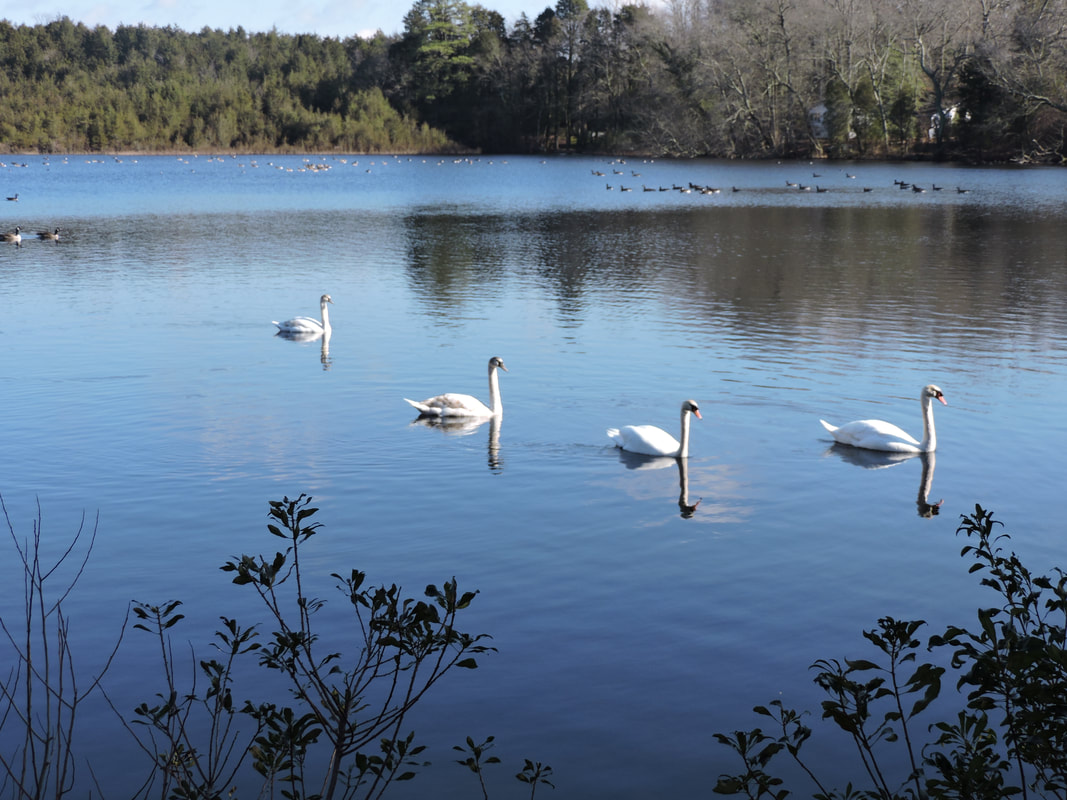
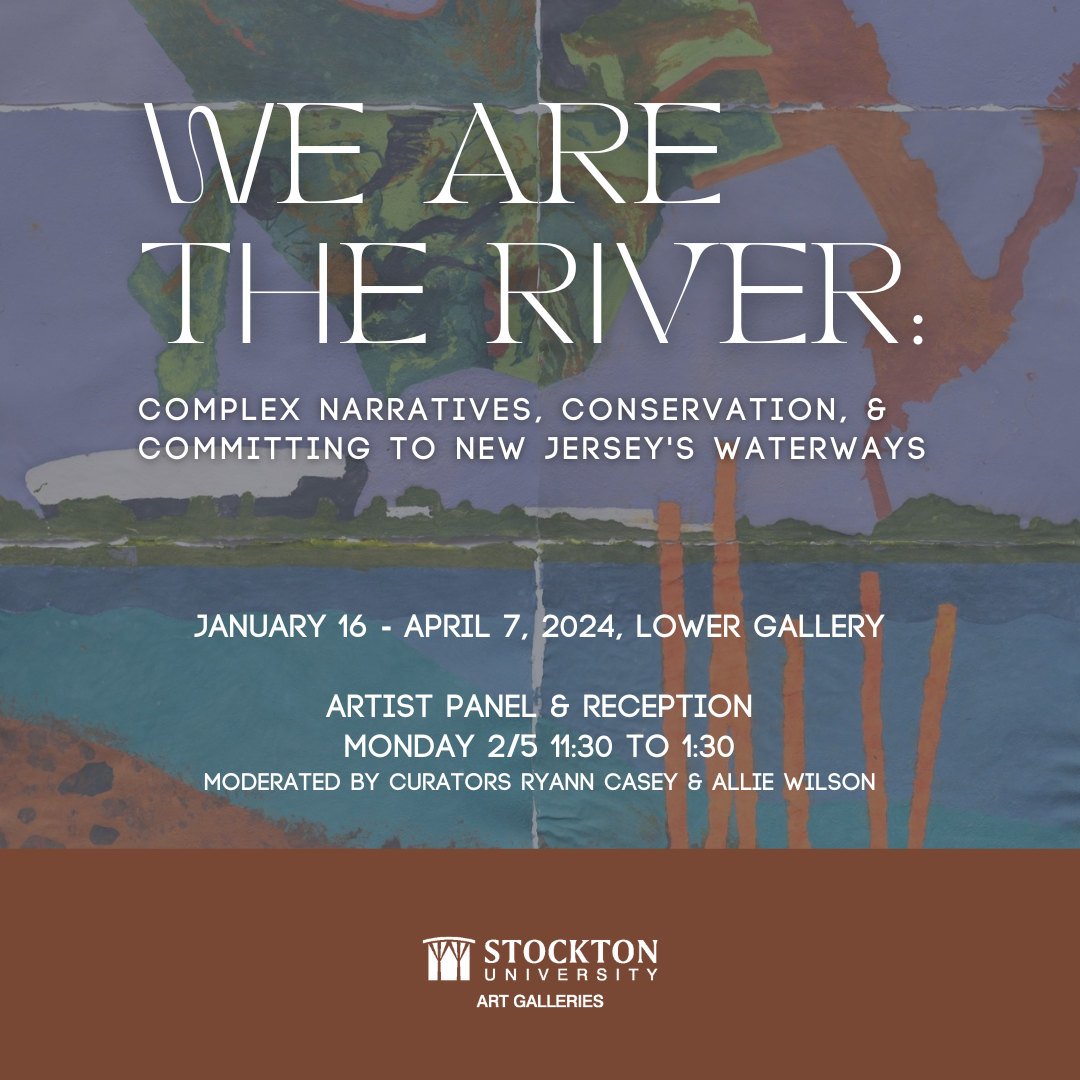
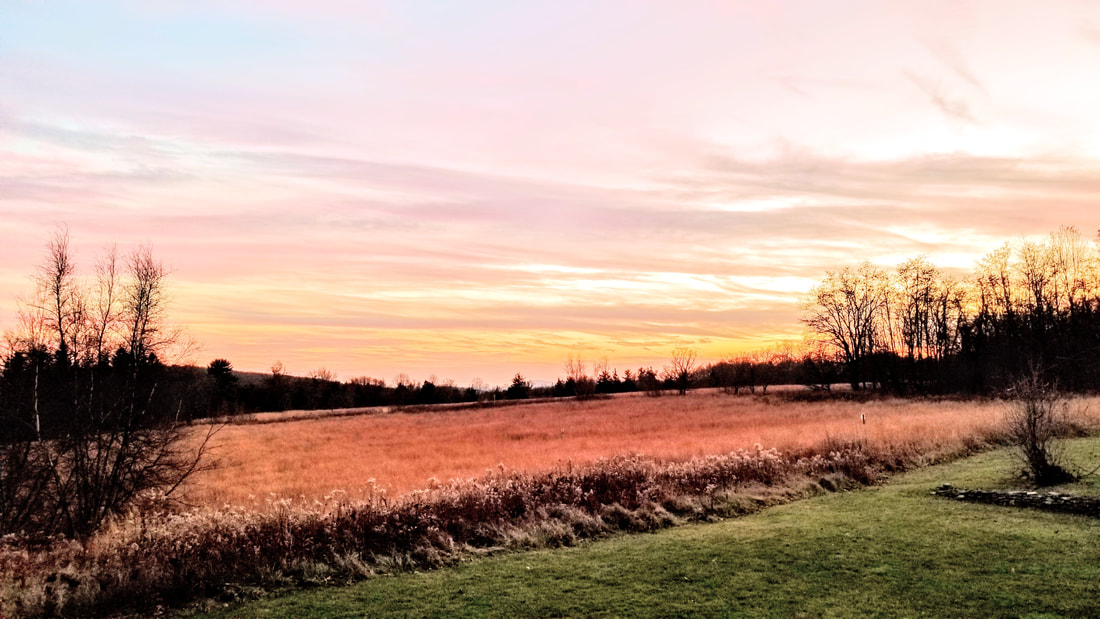
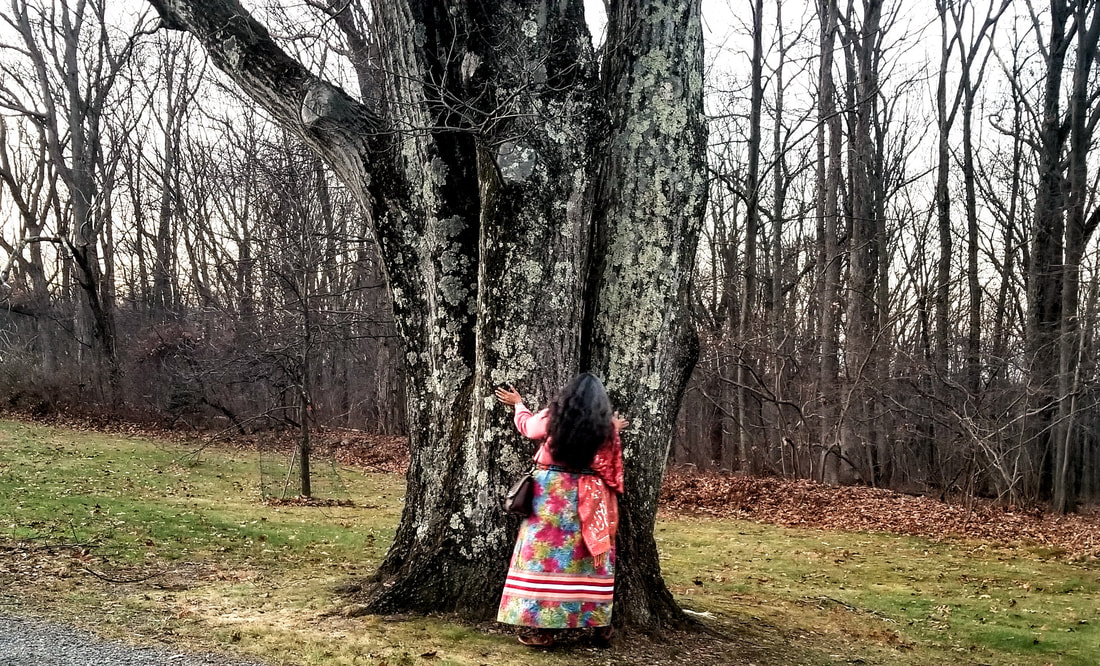
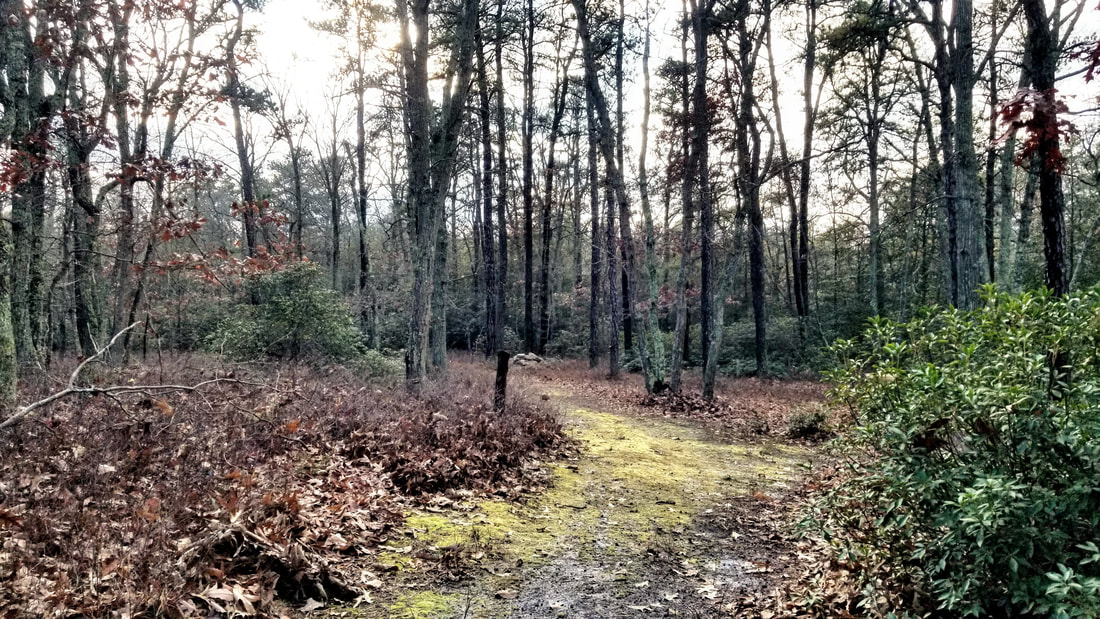
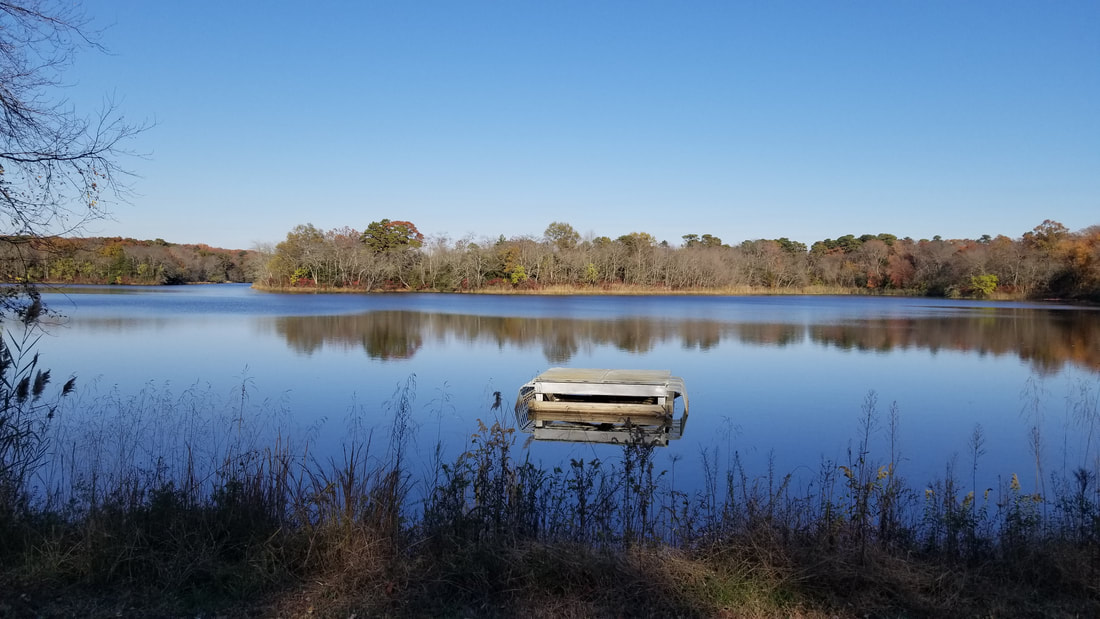
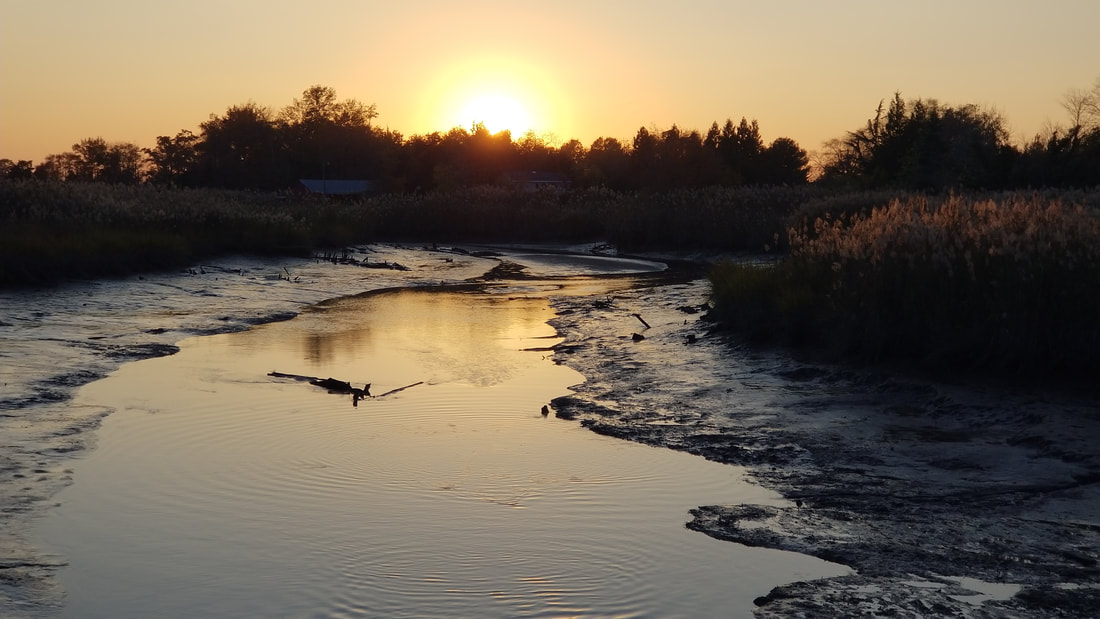
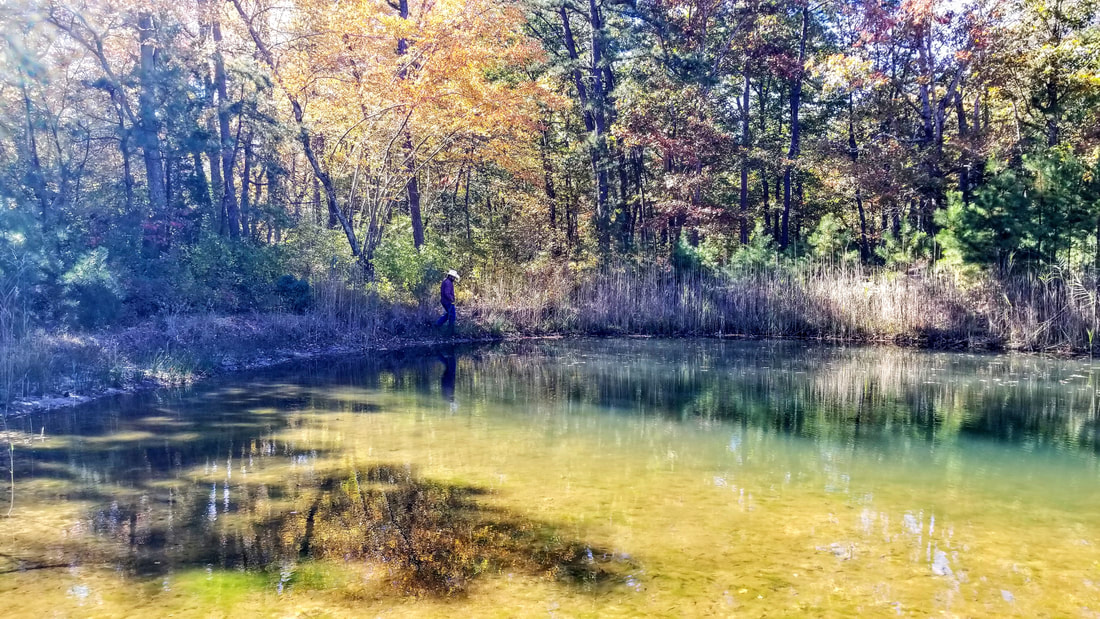
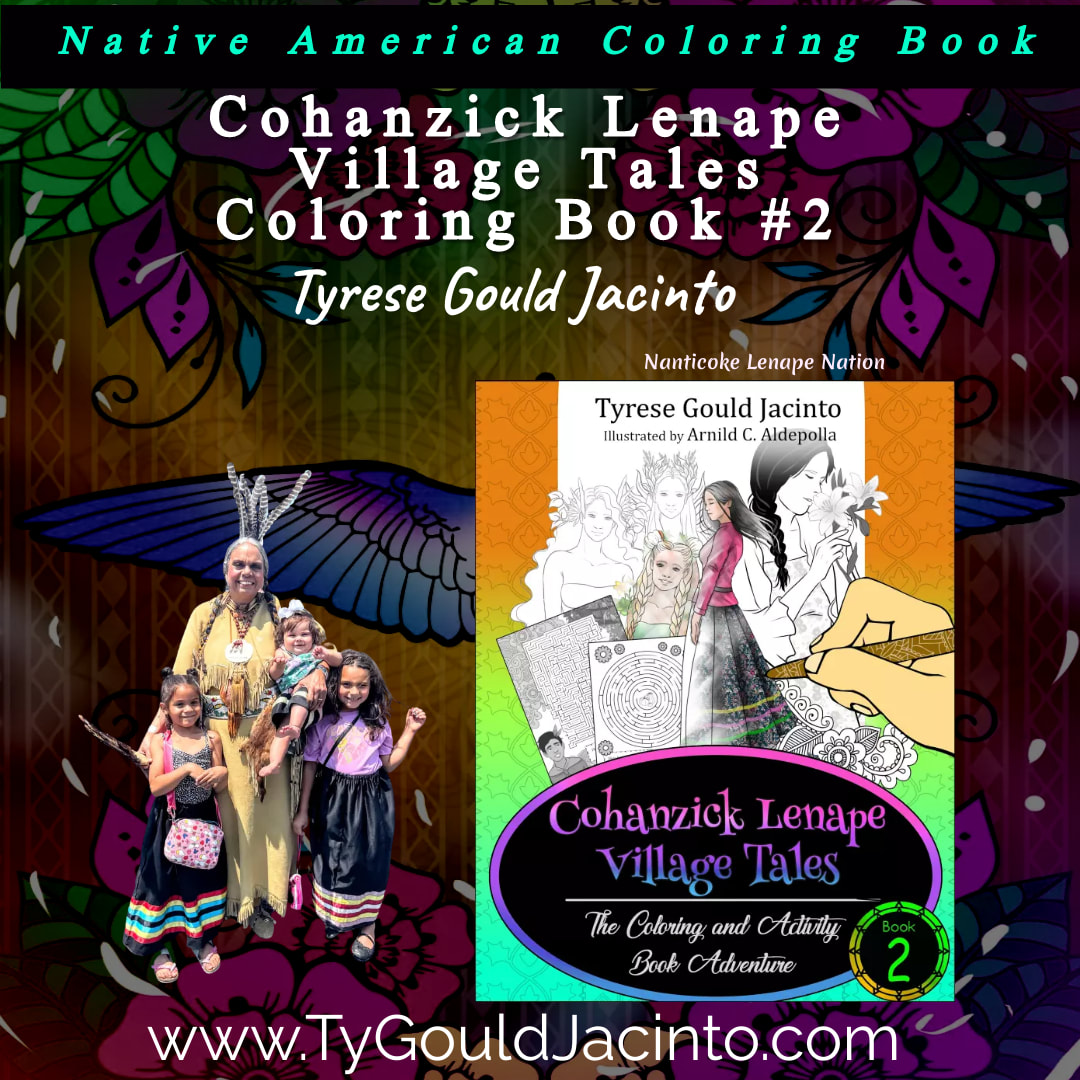
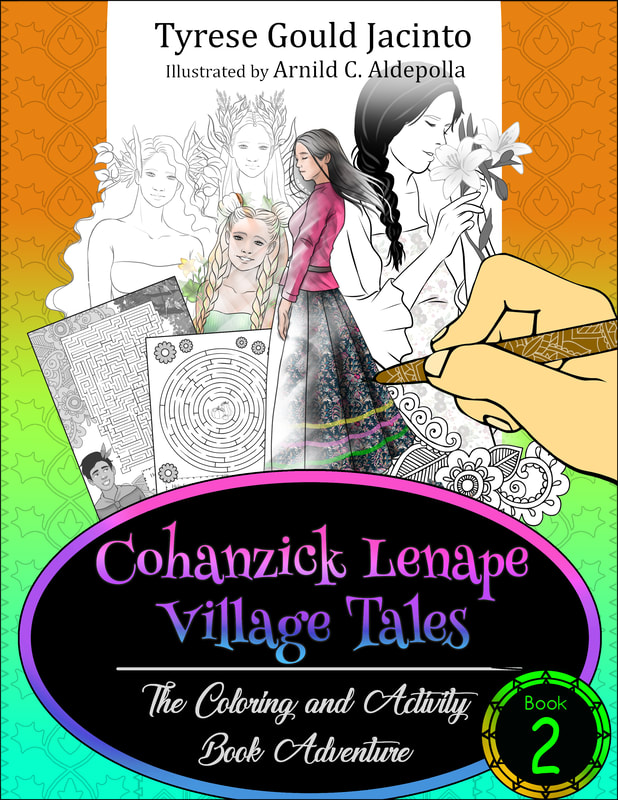
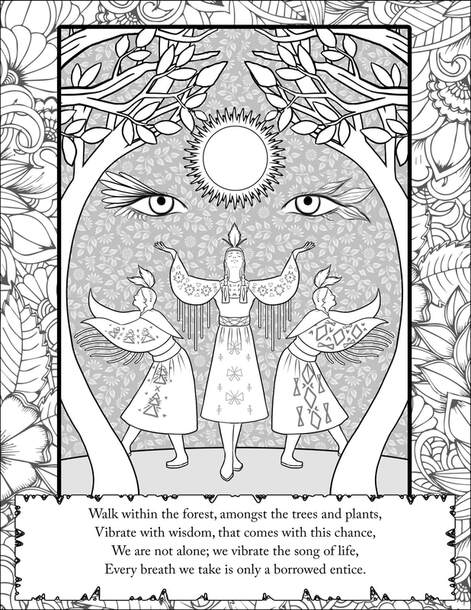
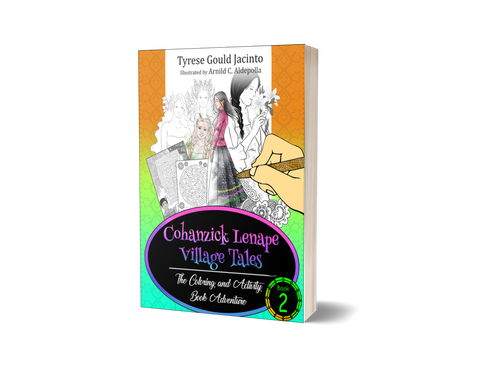
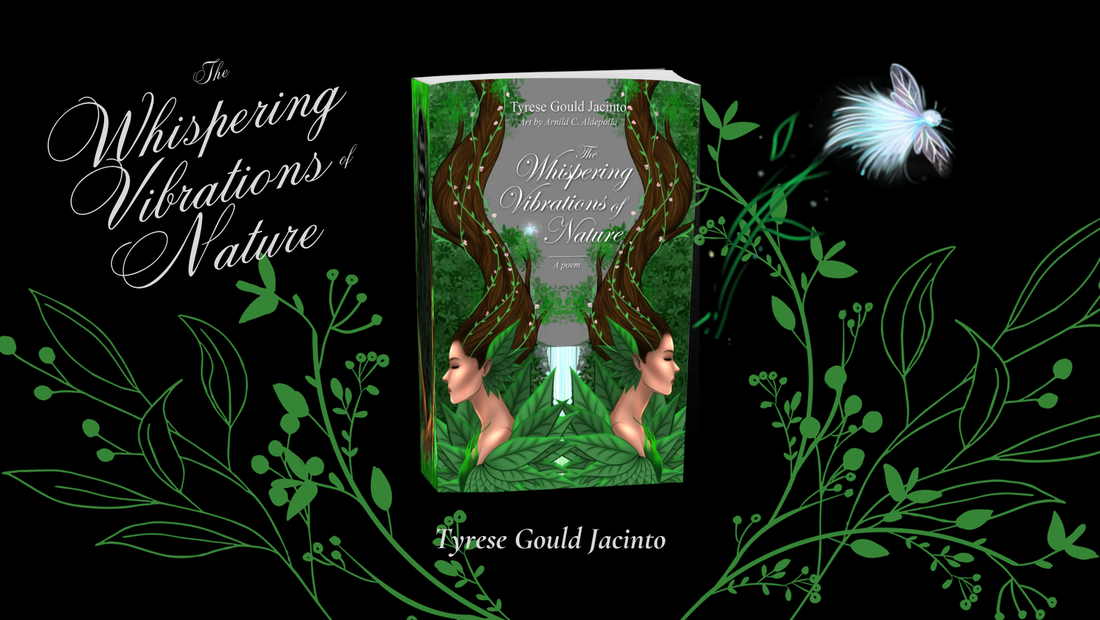
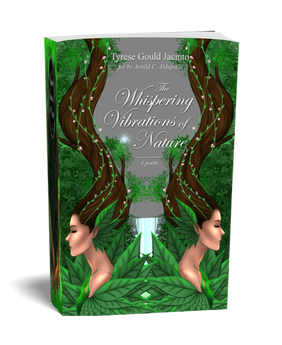

 RSS Feed
RSS Feed


